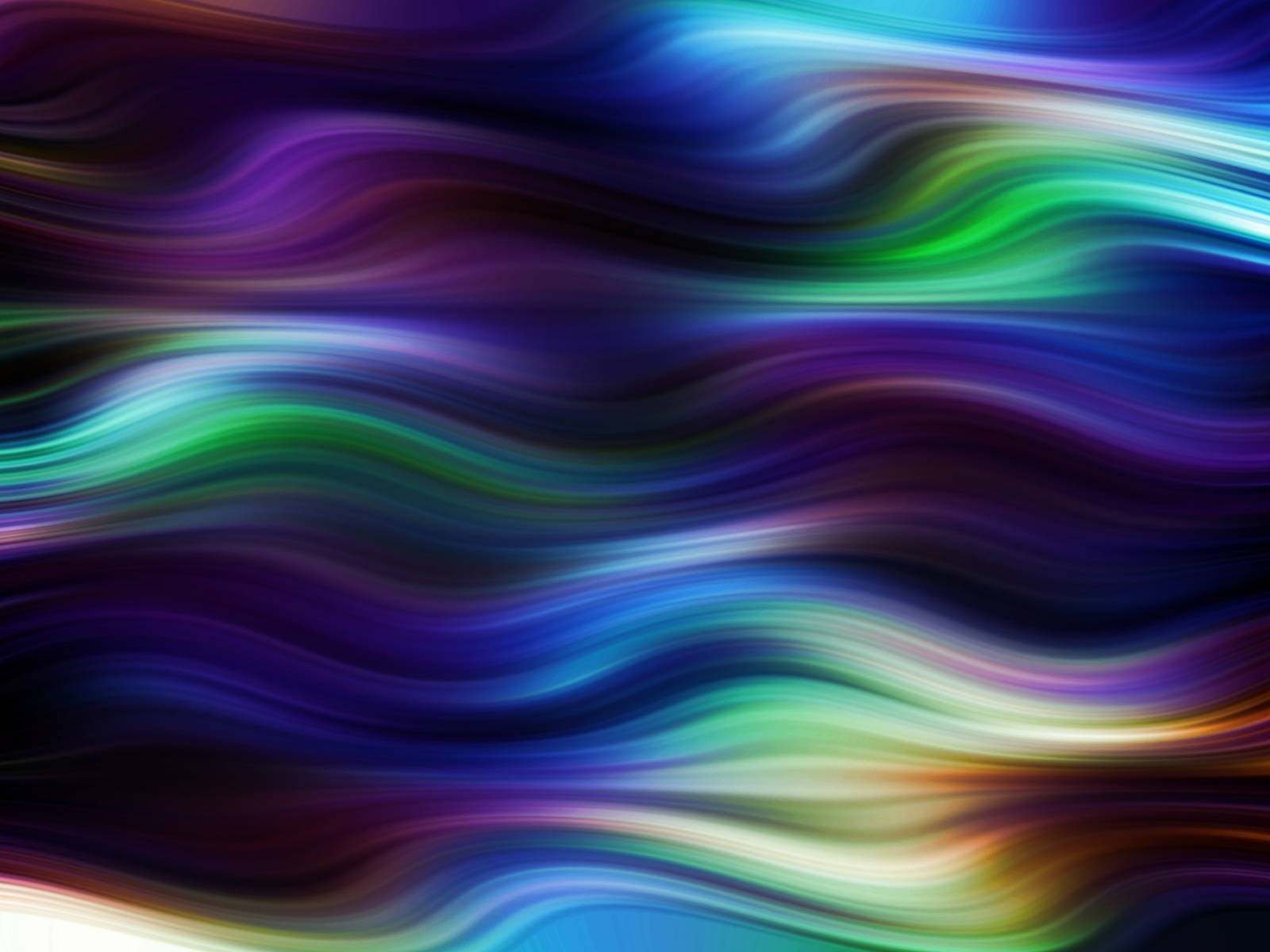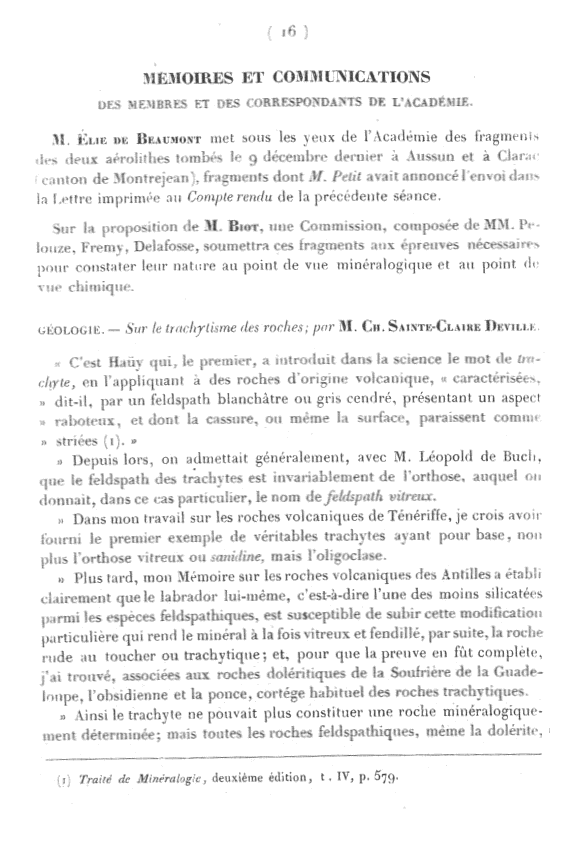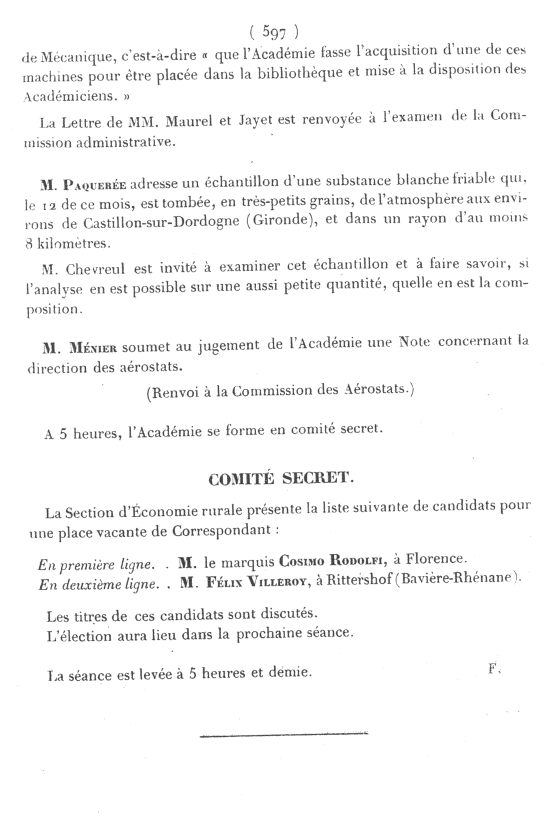It looks like you're using an Ad Blocker.
Please white-list or disable AboveTopSecret.com in your ad-blocking tool.
Thank you.
Some features of ATS will be disabled while you continue to use an ad-blocker.
3
share:
.. a very disputed subject.

junkdrome.org...
Mostly with two typical components electrons and protons solar wind can reach medium speeds between 400 and 750 km/s and temperatures between 1.6*10^6 and 8×10^5 K.
what is very interesting is ....
I mean
en.wikipedia.org...
en.wikipedia.org...
and
www.redicecreations.com...
And all of this can raise the question if a CME can affect the passing of 2012 DA 14 asteroid next week at a distance that can be influenced by the Solar Wind or better said by a virtual CME by deviating his orbit corroborated with the influence of the Moon's gravity Earth and Sun ...and many other things(types of invisible radiations) which we don't know about.
Because
www-spof.gsfc.nasa.gov...
Well even if is 6 atoms per cubic centimeter still...
www-spof.gsfc.nasa.gov...
and in 1959 we have
en.wikipedia.org...
but also we have

www.meteoritehistory.info...

www.meteoritehistory.info...
So the question that remain is ,
Can an asteroid be deviated from his orbit by the solar wind?

junkdrome.org...
Mostly with two typical components electrons and protons solar wind can reach medium speeds between 400 and 750 km/s and temperatures between 1.6*10^6 and 8×10^5 K.
what is very interesting is ....
Over the lifetime of the Sun, the surface rotation rate has decreased significantly. This loss of rotation is thought to have been caused by interaction of the Sun's surface layers with the escaping solar wind. The wind is considered responsible for the tails of comets, along with the Sun's radiation.The solar wind contributes to fluctuations in celestial radio waves observed on the Earth, through an effect called interplanetary scintillation.
I mean
From May 10 to May 12, 1999, NASA's Advanced Composition Explorer (ACE) and WIND spacecraft observed a 98% decrease of solar wind density. This allowed energetic electrons from the Sun to flow to Earth in narrow beams known as "strahl", which caused a highly unusual "polar rain" event, in which a visible aurora appeared over the North Pole. In addition, Earth's magnetosphere increased to between 5 and 6 times its normal size.
en.wikipedia.org...
Both the fast and slow solar wind can be interrupted by large, fast-moving bursts of plasma called interplanetary coronal mass ejections, or ICMEs. ICMEs are the interplanetary manifestation of solar coronal mass ejections, which are caused by release of magnetic energy at the Sun. CMEs are often called "solar storms" or "space storms" in the popular media. They are sometimes, but not always, associated with solar flares, which are another manifestation of magnetic energy release at the Sun. ICMEs cause shock waves in the thin plasma of the heliosphere, launching electromagnetic waves and accelerating particles (mostly protons and electrons) to form showers of ionizing radiation that precede the CME. When a CME impacts the Earth's magnetosphere, it temporarily deforms the Earth's magnetic field, changing the direction of compass needles and inducing large electrical ground currents in Earth itself; this is called a geomagnetic storm and it is a global phenomenon. CME impacts can induce magnetic reconnection in Earth's magnetotail (the midnight side of the magnetosphere); this launches protons and electrons downward toward Earth's atmosphere, where they form the aurora.
en.wikipedia.org...
and
"It is vitally important to realize that the 'quiet' sun really isn't all that quiet," says Rich Behnke, program director in NSF's Division of Atmospheric Sciences. "These high-speed streams of wind can affect many of our communications and navigation systems. And they can come at any time, during any part of the solar cycle." When those streams blow by Earth, they intensify the energy of the planet's outer radiation belt. This can create serious hazards for Earth-orbiting satellites and affect global communications systems, while also threatening astronauts in the International Space Station.
Auroral storms light up the night sky repeatedly at high latitudes as the streams move past, driving mega-ampere electrical currents a few hundred miles above Earth's surface. All that energy heats and expands the upper atmosphere. This expansion pushes denser air higher, slowing down satellites and causing them to drop to lower altitudes. The authors note that more research is needed to understand the impacts of these high-speed streams on the planet. The study raises questions about how the streams might have affected Earth in the past when the sun went through extended periods of low sunspot activity, such as a period known as the Maunder minimum that lasted from about 1645 to 1715.
www.redicecreations.com...
And all of this can raise the question if a CME can affect the passing of 2012 DA 14 asteroid next week at a distance that can be influenced by the Solar Wind or better said by a virtual CME by deviating his orbit corroborated with the influence of the Moon's gravity Earth and Sun ...and many other things(types of invisible radiations) which we don't know about.
Because
Yes, the solar wind will exert a pressure on objects in interplanetary space, but I believe the pressure of sunlight, small as it is, is greater. It is very rarefied--about 6 atoms per cubic centimeter at the Earth's orbit.
www-spof.gsfc.nasa.gov...
Well even if is 6 atoms per cubic centimeter still...
The solar wind does move ion tails in comets, not by colliding with them but by the magnetic field lines embedded in it--a collective effect, in which a large volume of the solar wind acts together.
www-spof.gsfc.nasa.gov...
and in 1959 we have
The solar storm of 1859, also known as the 1859 Solar Superstorm,[1] or the Carrington Event,[2] was a powerful geomagnetic solar storm in 1859 during solar cycle 10. A solar flare and/or coronal mass ejection produced a solar storm which hit earth's magnetosphere and induced the largest known geomagnetic solar storm, which was observed and recorded by Richard C. Carrington.
From August 28, 1859, until September 2, numerous sunspots and solar flares were observed on the sun. Just before noon on September 1, the British astronomer Richard Carrington observed the largest flare,[3] which caused a major coronal mass ejection (CME) to travel directly toward Earth, taking 17.6 hours. Such a journey normally takes three to four days. This second CME moved so quickly because the first one had cleared the way of the ambient solar wind plasma.[3]
en.wikipedia.org...
but also we have

www.meteoritehistory.info...

www.meteoritehistory.info...
So the question that remain is ,
Can an asteroid be deviated from his orbit by the solar wind?
edit on 9-2-2013 by piequal3because14 because: spelling
edit on 9-2-2013 by piequal3because14 because: a
I gather you're saying that the Solar Winds aren't as strong as they should be? Solar winds help to control comets by "pushing" them right? If
the winds aren't as strong as they should be then it might be cause for alarm with the incoming 2012 DA14? Are you saying that if the Solar Wind(s)
are weaker than normal then that will allow the comet to intercept a path toward Earth that isn't calculated for?
Originally posted by piequal3because14
Yes, the solar wind will exert a pressure on objects in interplanetary space, but I believe the pressure of sunlight, small as it is, is greater. It is very rarefied--about 6 atoms per cubic centimeter at the Earth's orbit.
So you pretty much answered your own question.
Recall also that if the solar wind (and CME's) could move objects to any problematic degree, then ALL spacecraft out there would also be affected.
Satellites in geo. orbit, lunar and inner orbit planetary craft, etc...
But they're not.
So a rock many millions of times heavier than a satellite will also not be affected.
Anyway, do we have to go through all this exact same scaremongering every time there is a rock near earth?
reply to post by alfa1
that goes by the formula
KE = 0.5Pm*(v^2)
and we can say that is powered by his kinetic energy and also by other factors which can come in relation with particles from the Sun in certain conditions...so on....
The question was clear.
"Can an asteroid be deviated from his orbit by the solar wind? "
And the answer I guess is Yes!
That rock is made of an uncertain material and it has own kinetic energy.
So a rock many millions of times heavier than a satellite will also not be affected.
that goes by the formula
KE = 0.5Pm*(v^2)
and we can say that is powered by his kinetic energy and also by other factors which can come in relation with particles from the Sun in certain conditions...so on....
Sorry no scaremongering.
Anyway, do we have to go through all this exact same scaremongering every time there is a rock near earth?
The question was clear.
"Can an asteroid be deviated from his orbit by the solar wind? "
And the answer I guess is Yes!
edit on 9-2-2013 by piequal3because14 because: spelling
reply to post by lostbook
Something like that and more.
Are you saying that if the Solar Wind(s) are weaker than normal then that will allow the comet to intercept a path toward Earth that isn't calculated for?
We shall see by event.
Originally posted by lostbook
reply to post by piequal3because14
What do you mean?
The calculated trajectory might not be relevant in certain conditions which I explained above.
Correct, they're not to a problematic degree.
Originally posted by alfa1
Recall also that if the solar wind (and CME's) could move objects to any problematic degree, then ALL spacecraft out there would also be affected.
Satellites in geo. orbit, lunar and inner orbit planetary craft, etc...
But they're not.
Even the Pioneer anomaly, which is extremely tiny and only problematic in the sense it was a bit of a mystery, seems more likely to be the result of sunlight than solar wind.
new topics
-
Las Vegas UFO Spotting Teen Traumatized by Demon Creature in Backyard
Aliens and UFOs: 45 minutes ago -
2024 Pigeon Forge Rod Run - On the Strip (Video made for you)
Automotive Discussion: 1 hours ago -
Gaza Terrorists Attack US Humanitarian Pier During Construction
Middle East Issues: 2 hours ago -
The functionality of boldening and italics is clunky and no post char limit warning?
ATS Freshman's Forum: 3 hours ago -
Meadows, Giuliani Among 11 Indicted in Arizona in Latest 2020 Election Subversion Case
Mainstream News: 3 hours ago -
Massachusetts Drag Queen Leads Young Kids in Free Palestine Chant
Social Issues and Civil Unrest: 3 hours ago -
Weinstein's conviction overturned
Mainstream News: 5 hours ago -
Supreme Court Oral Arguments 4.25.2024 - Are PRESIDENTS IMMUNE From Later Being Prosecuted.
Above Politics: 6 hours ago -
Krystalnacht on today's most elite Universities?
Social Issues and Civil Unrest: 6 hours ago -
Chris Christie Wishes Death Upon Trump and Ramaswamy
Politicians & People: 7 hours ago
top topics
-
Krystalnacht on today's most elite Universities?
Social Issues and Civil Unrest: 6 hours ago, 8 flags -
Weinstein's conviction overturned
Mainstream News: 5 hours ago, 6 flags -
University of Texas Instantly Shuts Down Anti Israel Protests
Education and Media: 9 hours ago, 6 flags -
Supreme Court Oral Arguments 4.25.2024 - Are PRESIDENTS IMMUNE From Later Being Prosecuted.
Above Politics: 6 hours ago, 5 flags -
Massachusetts Drag Queen Leads Young Kids in Free Palestine Chant
Social Issues and Civil Unrest: 3 hours ago, 4 flags -
Meadows, Giuliani Among 11 Indicted in Arizona in Latest 2020 Election Subversion Case
Mainstream News: 3 hours ago, 4 flags -
Chris Christie Wishes Death Upon Trump and Ramaswamy
Politicians & People: 7 hours ago, 2 flags -
Any one suspicious of fever promotions events, major investor Goldman Sachs card only.
The Gray Area: 11 hours ago, 2 flags -
Gaza Terrorists Attack US Humanitarian Pier During Construction
Middle East Issues: 2 hours ago, 2 flags -
2024 Pigeon Forge Rod Run - On the Strip (Video made for you)
Automotive Discussion: 1 hours ago, 1 flags
active topics
-
University of Texas Instantly Shuts Down Anti Israel Protests
Education and Media • 190 • : Consvoli -
Supreme Court Oral Arguments 4.25.2024 - Are PRESIDENTS IMMUNE From Later Being Prosecuted.
Above Politics • 62 • : WeMustCare -
Las Vegas UFO Spotting Teen Traumatized by Demon Creature in Backyard
Aliens and UFOs • 5 • : FlyersFan -
Thousands Of Young Ukrainian Men Trying To Flee The Country To Avoid Conscription And The War
Other Current Events • 139 • : Consvoli -
Is there a hole at the North Pole?
ATS Skunk Works • 39 • : Athetos -
Candidate TRUMP Now Has Crazy Judge JUAN MERCHAN After Him - The Stormy Daniels Hush-Money Case.
Political Conspiracies • 786 • : Annee -
The functionality of boldening and italics is clunky and no post char limit warning?
ATS Freshman's Forum • 11 • : JonnyC555 -
Nearly 70% Of Americans Want Talks To End War In Ukraine
Political Issues • 89 • : Xtrozero -
Gaza Terrorists Attack US Humanitarian Pier During Construction
Middle East Issues • 19 • : Consvoli -
Sunak spinning the sickness figures
Other Current Events • 21 • : Xtrozero
3
